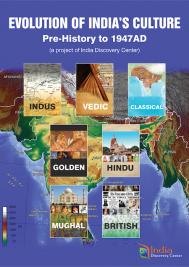Contribute
| India Mughal-Maratha Period (1500 CE-1800 CE) – Philosophy And Religion |
Satyendra Sharma
08/11/2022
India Mughal-Maratha Period (1500 CE-1800 CE) – Philosophy and Religion Satyendra Sharma The period was marred with widespread economic subjugation on religious lines. Imposition of Islamic faith through laws, taxations and conversions eroded the freedom of expression. Saints and poets brought hope to the oppressed masses. Devotion and surrender to God turned out as the only solace. Systematic destruction, plundering, and desecration of native temples continued. Åšaiva and Vaiśņava schools argued different theories about personal and impersonal God. The helplessness and instability led to the decline of “VedÄnta teachings†replacing it with the worship of the “savior†deities. We describe a few of the personalities below. Kabir (1440AD-1518AD) (Figure 1) was the most influential reformer. His compositions were influenced by both Islam and Hinduism. With devotion to SagunÌ£a, personal God, he preached the realization of the nirgunÌ£a, the impersonal. Figure 1 - Kabir Ravidas (1450AD–1520AD) (Figure 2) preached in Punjab. He believed in monotheism and strongly opposed the idolatry. His thought of equality of men. Ravidas deeply influenced Nanak, the founder of Sikh religion (see below). Figure 2 – Ravidas Dadu (1544AD-1603AD) Figure 3, another north Indian poet preached against the sectarian biases. God is Nipakh, one without a bias. Figure 3 – Dadu Vallabha (1479AD–1531AD) Figure 4 became an influential preacher originating from the south. He propounded ÅšuddhÄdvaita, pure monism. Krishna is considered as Brahman in both sÄkÄra, in a shape and nirÄkÄra, without a shape. This could be realized via grace only. His path is known as PushtimÄrga. Figure 4. Vallabha Chaitanya (1479AD–1531AD) Figure 5 propounded Achintya BhedÄbhedavÄda, inconceivable oneness and difference. Brahman is simultaneously one with and different from his own creation with an overall control over it. Figure 5. Chaitanya Surdas (1483AD–1584AD) Figure 6 considered Krishna as a creator of the universe and the primordial human being. His verses are popular poetry in Hindi literature. Meerabai (1498AD-1547AD) Figure 7 preached of total immersion. The idea of liberation was having a personal loving relationship with God Krishna. Figure 6. Surdas Figure 7. Meera Narsinh Mehta (Figure 8, 1414 AD – 1503 AD) was from Gujrat and was a Krishna devotee. He believed that although God has many names but there is only one God and it is universal. Figure 8. Narsinh Mehta Tulasidas (Figure 9, See Language and Literature track above) retold the epic RÄmÄyana in the Awadhi dialect as “Sri Ramacharita Manasaâ€, He preached the message that the un-manifest God gets manifested for his devotees through the incarnations like Rama. Figure 9. Tulasidas Rahim (1556AD-1627AD),Figure 10 was a minister in Akbar’s court. A prolific poet, his writings are instructional through their universality. “World is in a flux, all is transient. Do your job well as you are.†Figure 10. Rahim Eknath (1533AD–1599AD), Figure 11, a VÄrakari poet of Maharashtra believed in equality, forgiveness, compassion, and peace. Devotion for God is to recognize the divine nature of all. Forgetting God is to be trapped in the illusion of self. Figure 11. Eknath Samarth Ramdas (1608AD–1681AD), Figure 12, was a poet and saint during Shivaji’s regime. He composed spiritual literature that combined moral conduct with devotion, e.g.: Dasabodha and Manache Shloka (verses addressed to the mind). Figure 12. Ramdas Srinivas Nayaka or Purandardasa(1484 AD – 1564 AD), Figure 13,was in the court of Krishnadevaraya of Vijayanagara. He was influenced by the dvaitavÄda of Madhva where individual self is a reflection of the universal self. Figure 13. Purandardas Nanak (1469AD–1539AD), Figure 14,believed in oneness of God and equality among many schools of thought. He viewed prakrÌ£ti as the lilÄ, sport, of the all-pervading Reality, Brahman, who can be known through MÅ«la, root, Mantra. Brahman being Ek OmkÄra, is both nirgunÌ£a and saguÌ£nÌ£a. Guru, spiritual teacher, is a guide to the disciple, sikh, rather than an incarnation of God. This is the important part of Sikhism. Figure 14. Nanak and the Sikh Gurus Sufism influenced the religious beliefs of this period. Bullhe Shah (1680AD–1757AD), Figure 15, a prominent Sufi poet and saint championed universality and unity of Being. He exhorted people to respect different ideologies and creeds. Figure 15. Bulhe Shah References: 1. Sharma, Krishna, Bhakti and Bhakti Movement: A new perspective: a study in the history of ideas, Munshiram Manoharlal, New Delhi, 1987 2. Marfatia, Mrudula I.,The philosophy of Vallabhacharya, Munshiram Manoharlal, New Delhi, 1967 3. Ranade, R.D., Pathway to God in Hindi Literature, Adhyatma Vidya Mandir; Allahabad; 1954 4. Ranade, R.D., Pathway to God in Kannada Literature, 5. Ranade, R.D., Mysticism in Maharashtra, Aryabhushan Press, Poona, 1933 6. BULLHE SHAH (archive.org) ------------------------------------------------------ Dr. Satyendra Sharma leads the Philosophy and Religion track in India Discovery Center's project on "Evolution of Indian Culture: Pre-history to 1947AD". More information and updates on the project are available at https://www.facebook.com/Evolution-of-Indian-Culture-An-IDC-Project-107749391111922 Information on India Discovery Center is at https://www.indiadiscoverycenter.org (c) Copyright 2022 India Discovery Center, Inc. All rights reserved.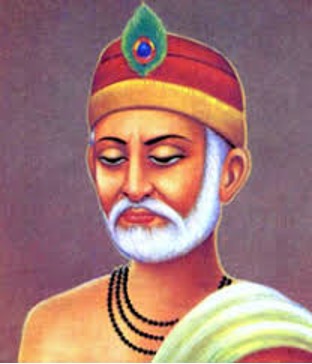
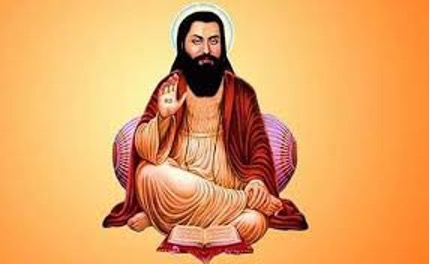
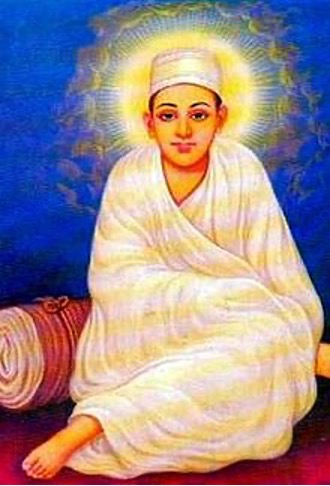
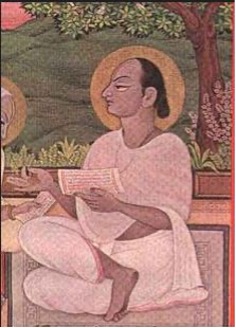
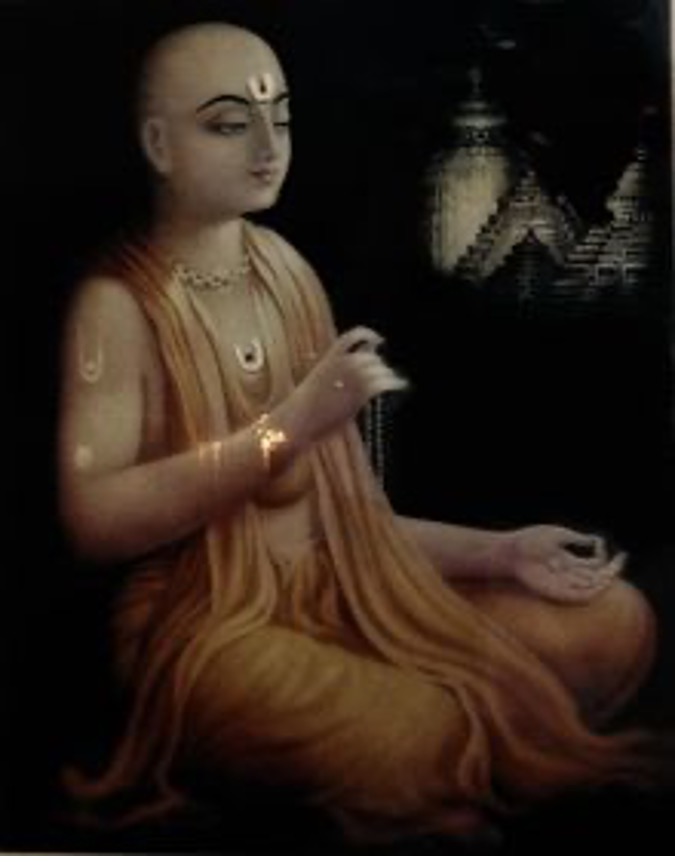
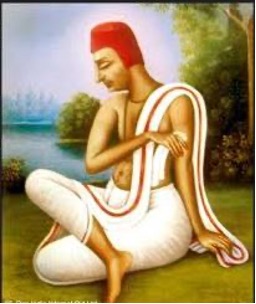
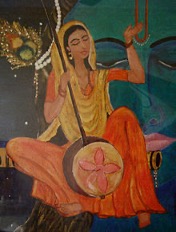
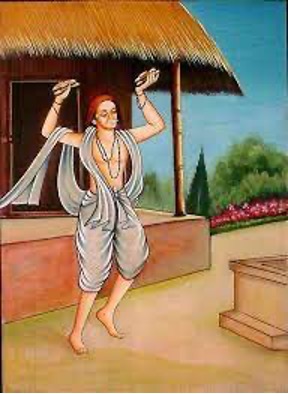
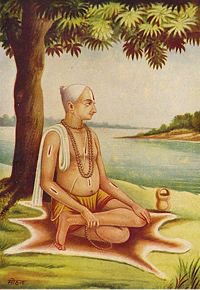
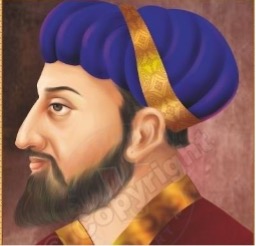
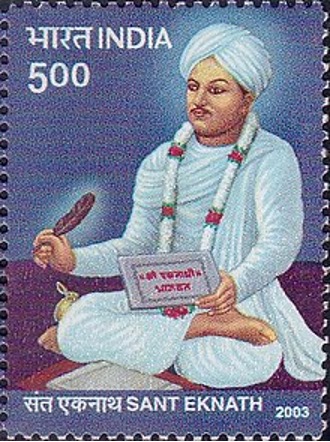
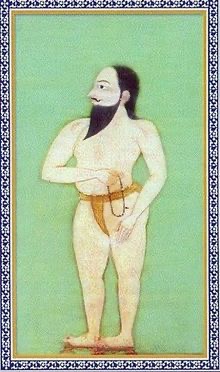
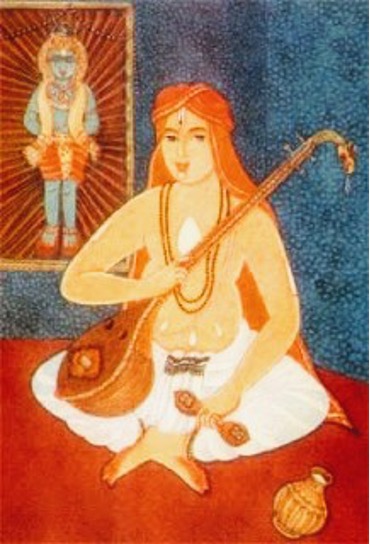
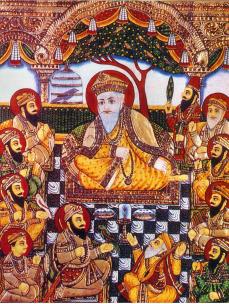
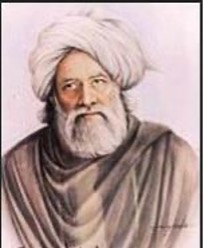
You may also access this article through our web-site http://www.lokvani.com/
